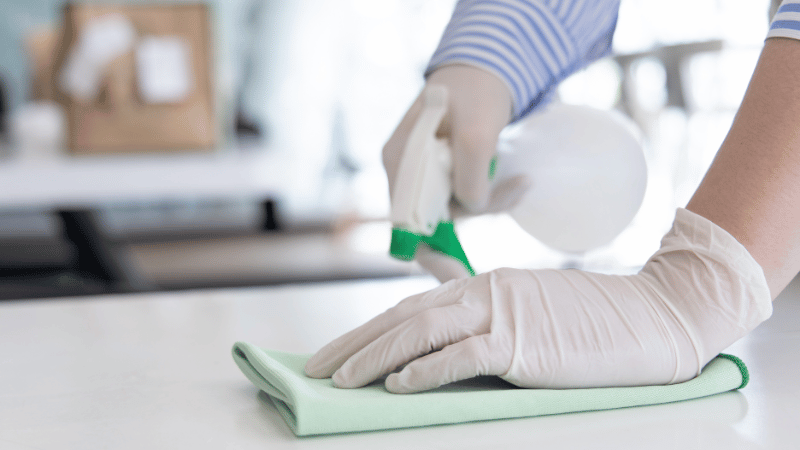I know how overwhelming it can feel when you’re trying to make your cleaning routine more eco-friendly. You want to do your part for the planet, but where do you even start?
The world of green cleaning products and natural cleaning solutions can seem vast and confusing.
I’ve been there too. A few years back, I was using whatever cleaning products I could find, not realizing the harm they could do to our earth. That’s when I decided to dive deep into eco-friendly cleaning. It wasn’t easy at first, but I’ve found some simple swaps that have made a huge difference.
In this blog, I’ll share my journey and tips to help you green your cleaning routine without the fuss. Stick around for some easy, natural green cleaning solutions that are better for your home and the planet.
It’s simpler than you think to make a change!
My Shift to Green Cleaning: The Why Behind It
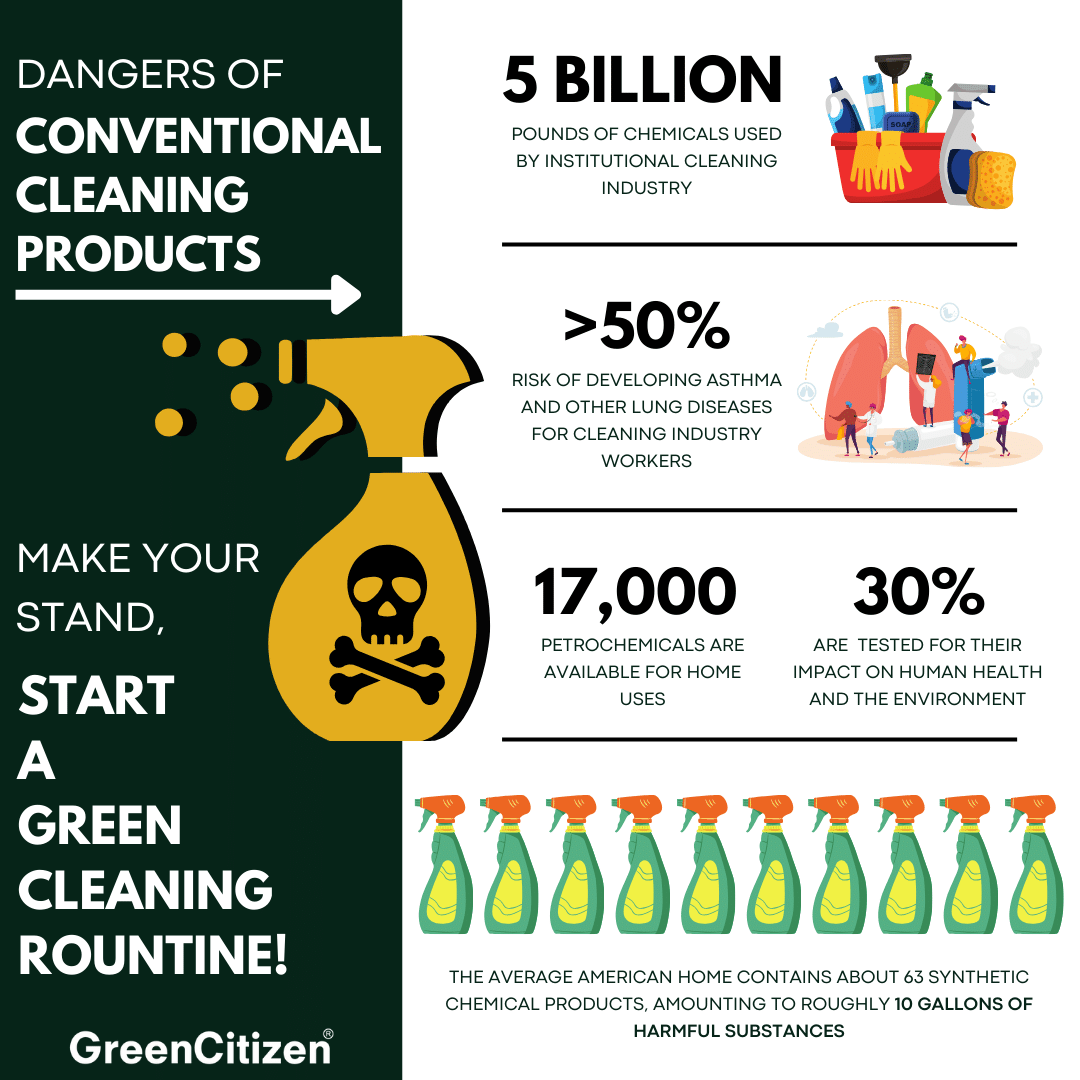
My journey towards a green cleaning routine wasn’t made on a whim. It was a decision backed by alarming data and statistics that shed light on the stark reality of conventional cleaning practices. Let me share some of these insights that compelled me to make a change.
Conventional cleaning products, often seen as household staples, are loaded with ingredients like ammonia and chlorine.
These chemicals don’t just stay on surfaces; they contribute to indoor air pollution by releasing volatile organic compounds (VOCs). While not all VOCs are harmful, many, including phthalates and benzene, are notorious for their links to cancer and reproductive issues.
Recent research highlights a chilling statistic: individuals working in the cleaning industry face a 50% higher risk of developing asthma and other lung diseases due to prolonged exposure to these harmful chemicals.
The environmental impact of these products extends beyond our homes. Ingredients such as 1,4-Dioxane, phosphates, and phthalates, when washed away, pollute our waterways, posing threats to both wildlife and human health.
Moreover, the packaging waste from these products contributes significantly to global pollution, with hundreds of millions of plastic jugs and spray bottles discarded annually, exacerbating the plastic crisis.
Green cleaning, on the other hand, presents a stark contrast. With over 17,000 petrochemicals available for home use, shockingly, only 30% have been tested for their impact on human health and the environment.
The average American home contains about 63 synthetic chemical products, amounting to roughly 10 gallons of harmful substances. This indoor air pollution can be up to 200% higher than outdoor levels, per US EPA estimates.
The institutional cleaning industry alone uses 5 billion pounds of chemicals annually, with a single janitor using an average of 23 gallons of chemicals, a quarter of which are hazardous.
These numbers are more than just statistics; they represent a clear and present danger to our health and the environment. Choosing to adopt a green cleaning routine was my response to these daunting figures.
10 Steps to My Tried-and-True Green Cleaning Routine
Step 1: Audit Your Current Cleaning Supplies
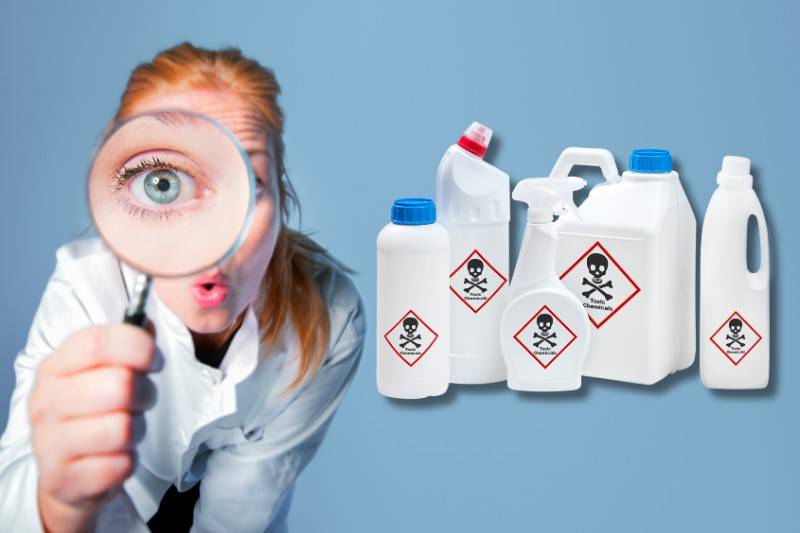
It’s a bit like detective work, where the clues lie in the products you use to keep your home sparkling.
I remember the first time I did this in my own home. I was shocked to find how many of my go-to cleaners were loaded with harmful chemicals like phosphates and chlorine. These aren’t just bad for the planet; they can be harmful to our health too.
Start by gathering all your cleaning supplies and take a good look at the labels. You might see words like “phosphates” or “artificial fragrances.”
These are the red flags!
Phosphates can cause algal blooms in water bodies, harming aquatic life. And those artificial fragrances? They can trigger allergies and are often not eco-friendly.
Next, think about the tools and packaging of these products. I was surprised to find how many of my cleaning tools were designed to be disposable.
And the packaging? So much plastic. It’s important to consider if these items are reusable or recyclable. Excessive plastic is a big no-no for anyone trying to live more sustainably.
By identifying harmful and hazardous chemicals in your cleaning products, you’re taking a crucial step towards a healthier home and a happier planet. It’s not just about the chemicals, though. Assessing the sustainability of your tools and packaging plays a significant role too.
This audit might seem daunting at first, but it’s an eye-opening experience.
Step 2: Phase Out Chemical Cleaners

After auditing your cleaning supplies, the next step is phasing out those chemical cleaners. But how do you start? It’s not about tossing everything in the trash. That’s not good for the planet or your wallet.
Firstly, find out how to safely dispose of hazardous chemicals in your area. Each community has its own rules. I learned this the hard way when I found an old cleaner in my cabinet. It took some research, but I found a local hazardous waste center that could take it.
Then, as you run low on your conventional products, begin replacing them with greener cleaning products. There’s no need to waste what you already have. This gradual swap helps you adjust without overwhelming you or your budget.
Look for green cleaners with a “safer choice” label. This means they’re kinder to the environment. Pay attention to the ingredients. Some conventional products have certain ingredients that are harsh on our planet. Replacing these with eco-friendly options is a smart move.
This step-by-step approach has made my transition to sustainable living smoother. And honestly, it feels good knowing my cleaning routine is now part of my eco-friendly lifestyle.
Step 3: Choose Eco-friendly Green Cleaning Products
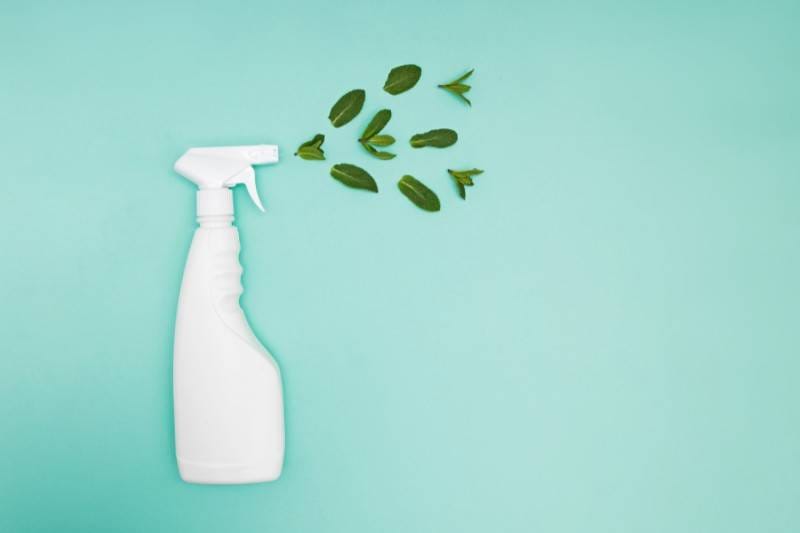
Choosing eco-friendly cleaning products can feel like navigating a maze. But, it’s simpler than it seems. Let me guide you through it.
Firstly, certifications are your friends. They’re like a green thumbs-up for sustainability. Look for products with labels like EcoCert, Green Seal, or the EPA’s Safer Choice. These certifications mean the products meet strict environmental standards.
When I switched to a cleaner with the Green Seal, I noticed the difference in air quality at home. It was a small change with a big impact.
Then, there’s the magic of natural ingredients. You’d be amazed at how effective vinegar, baking soda, and lemon can be. These are not just for your salad dressing! I once tackled a grimy kitchen sink with nothing but baking soda and vinegar. You could also use citric acid cleaners.
The result? Sparkling clean, without the harsh chemicals.
Opting for products with simple, natural ingredients or making your own cleaning solutions can be a game-changer. It’s about going back to basics, which is often healthier for our homes and the planet. Plus, it’s a fun experiment to see what these natural wonders can do.
Step 4: Embrace DIY Cleaning Solutions
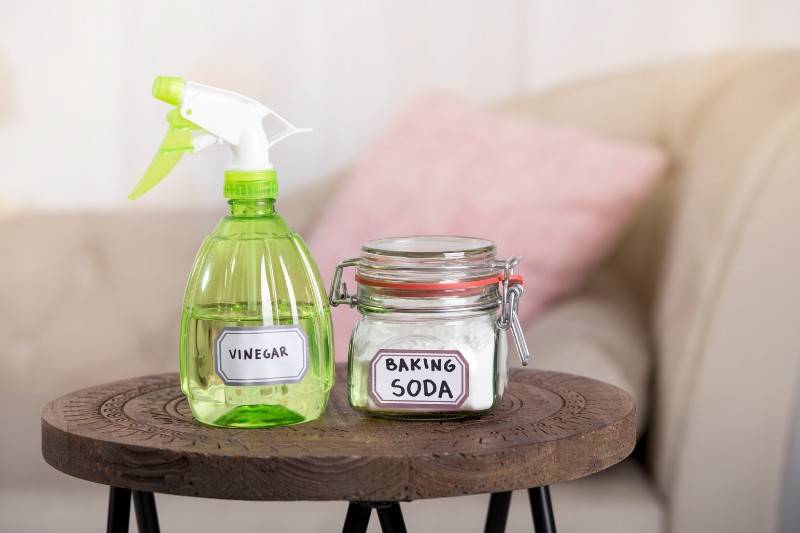
Let’s start with simple recipes. Did you know that vinegar and baking soda, items likely sitting in your pantry right now, can tackle most of your cleaning needs?
Vinegar is my go-to for descaling the kettle and coffee maker. It works wonders! And baking soda? It’s my hero for scrubbing away tough stains on countertops and sinks. Mixing these two can sometimes be the magic trick you need for that extra cleaning power.
But what about the smell? That’s where essential oils come in. Adding a few drops of your favorite essential oil to your DIY cleaners can leave your home not only clean but also smelling amazing. I love using lemon or lavender oil for that fresh, natural fragrance. It turns cleaning into a more pleasant experience and keeps my home free of artificial scents.
These DIY solutions have not only reduced my household’s chemical footprint but have also allowed me to customize my cleaning routine to suit my preferences.
Step 5: Use Sustainable Cleaning Tools
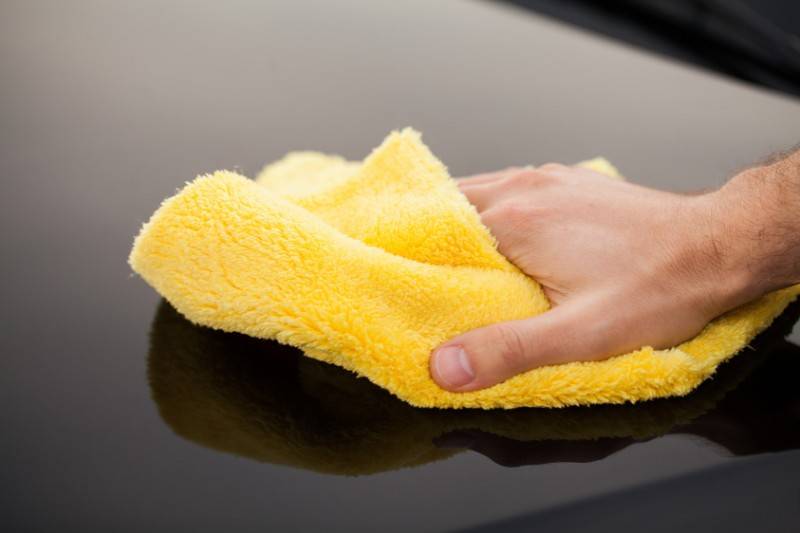
Switching to sustainable cleaning tools is just as important as choosing the right cleaning products.
One simple change is opting for reusable over disposable items. Instead of reaching for disposable wipes or paper towels, why not try microfiber cloths, natural sponges, or bamboo brushes? I made the switch to microfiber cloths last year, and not only do they clean better, but I’ve also saved money and reduced waste significantly.
Then, there’s the art of recycling and repurposing. Take an old t-shirt, for instance. Cut it into rags, and you’ve got yourself a set of durable, washable cleaning cloths. And those old toothbrushes?
They’re perfect for getting into nooks and crannies that larger brushes can’t reach. I keep a small collection of repurposed toothbrushes just for this purpose.
These small changes in our cleaning routines can have a big impact on our environmental footprint. Plus, it’s incredibly satisfying to find new uses for things that would otherwise be thrown away.
Step 6: Conserve Water and Energy
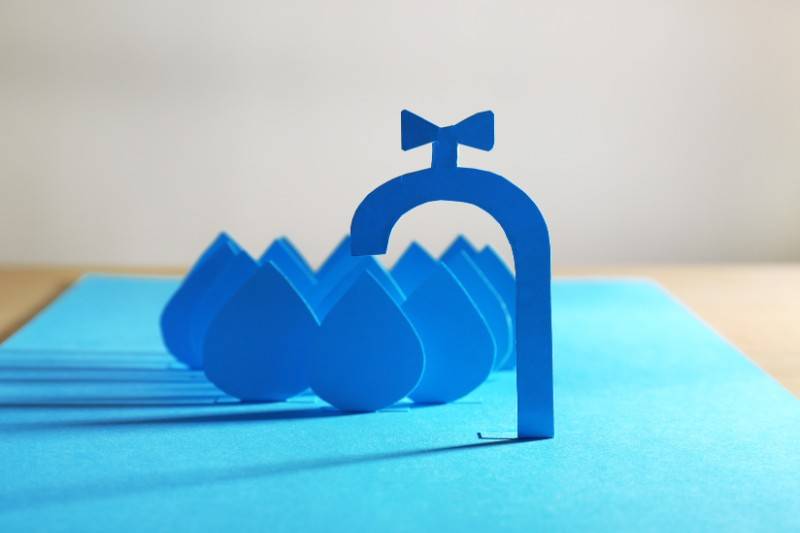
One of the simplest methods I’ve adopted is to conserve water. Instead of letting the tap run endlessly while I mop the floor, I fill a bucket with water and a dash of eco-friendly cleaner. This small change has significantly reduced my water usage.
Similarly, when it comes to laundry and dishes, I make sure to run full loads. It’s a win-win: I save water and energy, and there are fewer chores to do!
Speaking of laundry, let’s talk about cold water washing. Switching to cold water has been an eye-opener. Not only does it save a considerable amount of energy, but it also preserves the colors of my clothes better.
Plus, with the right eco-friendly detergent, my clothes come out just as clean as they would in hot water.
These tweaks to my cleaning routine have taught me that being eco-conscious doesn’t have to be complicated. Small changes can lead to big savings.
Step 7: Reduce, Reuse, Recycle
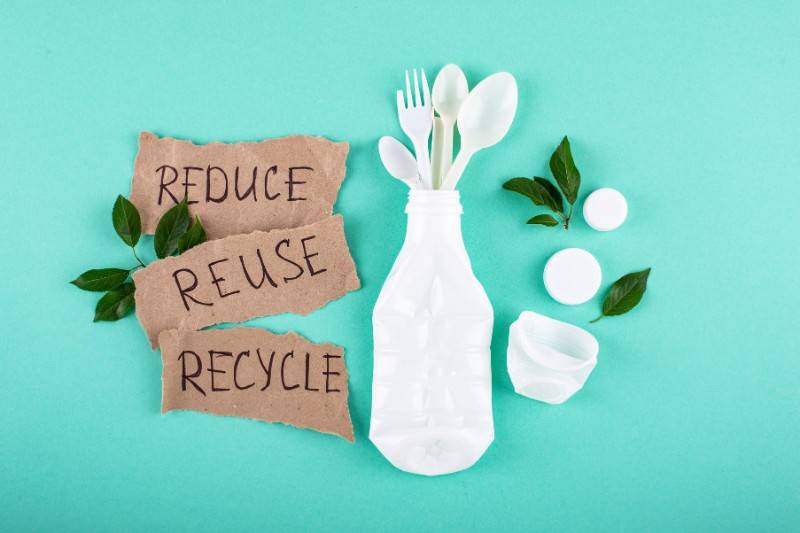
Adopting the mantra of “reduce, reuse, recycle” in our cleaning routines can lead to significant environmental benefits.
Firstly, I started paying more attention to packaging. It’s shocking how much waste comes from everyday cleaning products. Now, I opt for items with minimal packaging or, better yet, packaging that’s recyclable or compostable. This simple choice has noticeably reduced the trash I put out each week.
Then there are refill stations. Discovering these was a revelation for me. Many stores now offer refill stations for liquid soaps, detergents, and even some cleaning agents. By reusing containers, I’ve cut down on plastic waste dramatically.
It feels good to refill my old bottles, knowing I’m contributing to a solution, not the pollution.
Step 8: Educate Yourself and Others

Educating ourselves and sharing knowledge with others is crucial in our journey toward sustainability. I’ve learned that staying informed about new eco-friendly products and practices can make a big difference in how we approach cleaning.
I make it a point to keep up with the latest in green cleaning. Whether it’s a new biodegradable sponge or a breakthrough in non-toxic cleaners, I’m always on the lookout. And when I find something that works, I don’t keep it to myself. Sharing these discoveries with friends and family has sparked some wonderful conversations about sustainability.
For instance, after switching to a new sustainable cleaning product, I shared my experience on social media.
The response was overwhelming. Friends started asking questions, and soon, we were exchanging tips on how to make our homes greener. It was incredibly rewarding to see my small action inspire others to think about their environmental impact.
Encouraging those around us to adopt more eco-friendly habits can start a ripple effect, leading to greater environmental consciousness.
Step 9: Review and Adjust
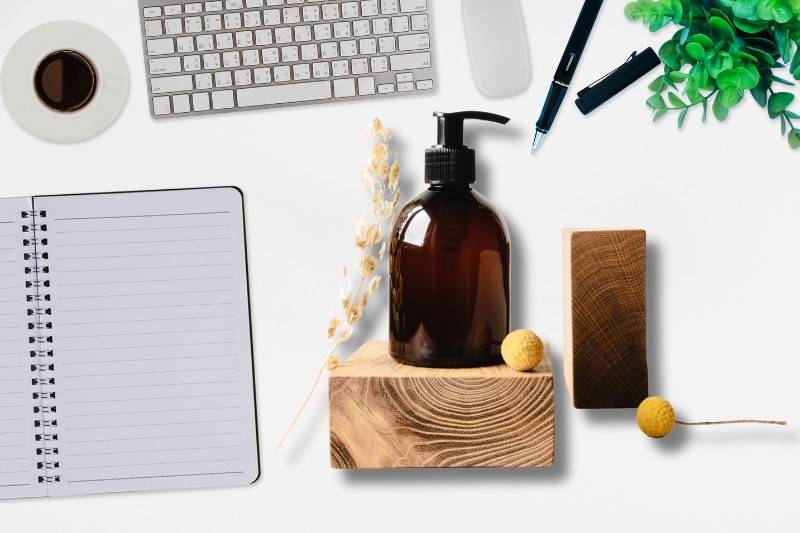
Every few months, I take a step back to assess the effectiveness of my green cleaning routine. Sometimes, a product I loved initially doesn’t work as well as I hoped, or I discover a new method that’s more efficient.
It’s important to stay flexible and open to change. This adaptability has led me to find some of my favorite eco-friendly cleaning solutions.
Not long ago, I switched to a new brand of eco-friendly dish soap that came highly recommended. Initially, I was thrilled with its performance and environmental credentials.
However, after a few weeks, I noticed it wasn’t as effective on greasy dishes as I’d hoped. Instead of reverting to less sustainable options, I began using it in conjunction with a homemade grease-fighting solution I concocted from vinegar and citrus peels.
Step 10: Support Eco-friendly Brands
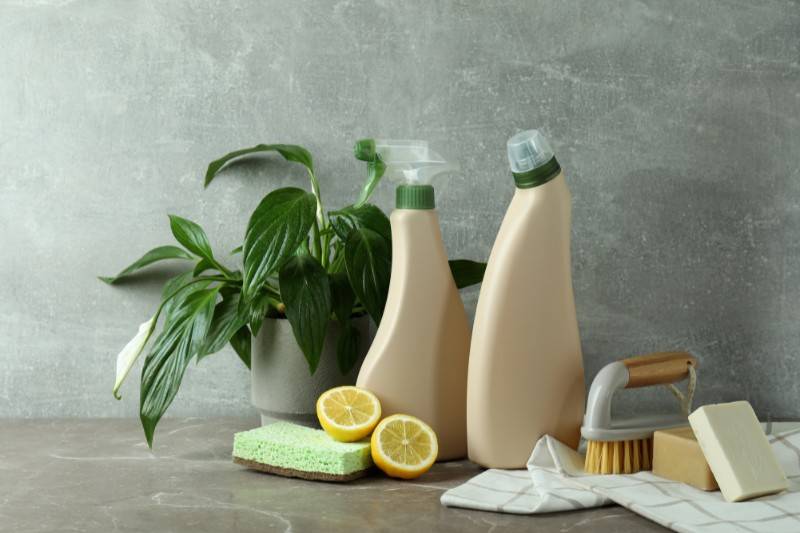
Supporting eco-friendly brands is a powerful way to contribute to sustainability. It’s like voting with your wallet.
I make it a point to research the brands I buy from, ensuring they are committed to sustainable practices and ethical sourcing. This approach has led me to discover some incredible companies that not only produce eco-friendly cleaning products but also support environmental initiatives.
Additionally, I’ve learned the importance of providing feedback to manufacturers. After switching to a new green cleaning brand, I noticed their packaging could be more eco-friendly. I reached out to express my thoughts and was pleasantly surprised by their positive response.
They were genuinely interested in my feedback and mentioned plans to improve their packaging.
Start Now, With One Baby Step at a Time!
Seeing those big numbers and learning about the impact of just switching up our cleaning habits really puts things into perspective. But here’s the thing—it’s not about doing everything at once. It’s about those small, manageable changes we can start today.
Choosing that eco-friendly dish soap, repurposing an old t-shirt for cleaning, or even trying out a DIY vinegar cleaner doesn’t sound too tough, right? And imagine the difference it makes. Little steps like these add up, making our homes and the planet a bit happier.
So, what do you say? Ready to give green cleaning a shot? I’m right here with you, trying out new things, sometimes messing up, but always learning. Because every little effort towards sustainability counts.
